Best e-bike motors: Everything you need to know
The e-bike motor is integral to the frame and cannot be easily swapped like other components, so here's everything you need to know before you buy your next electric bike
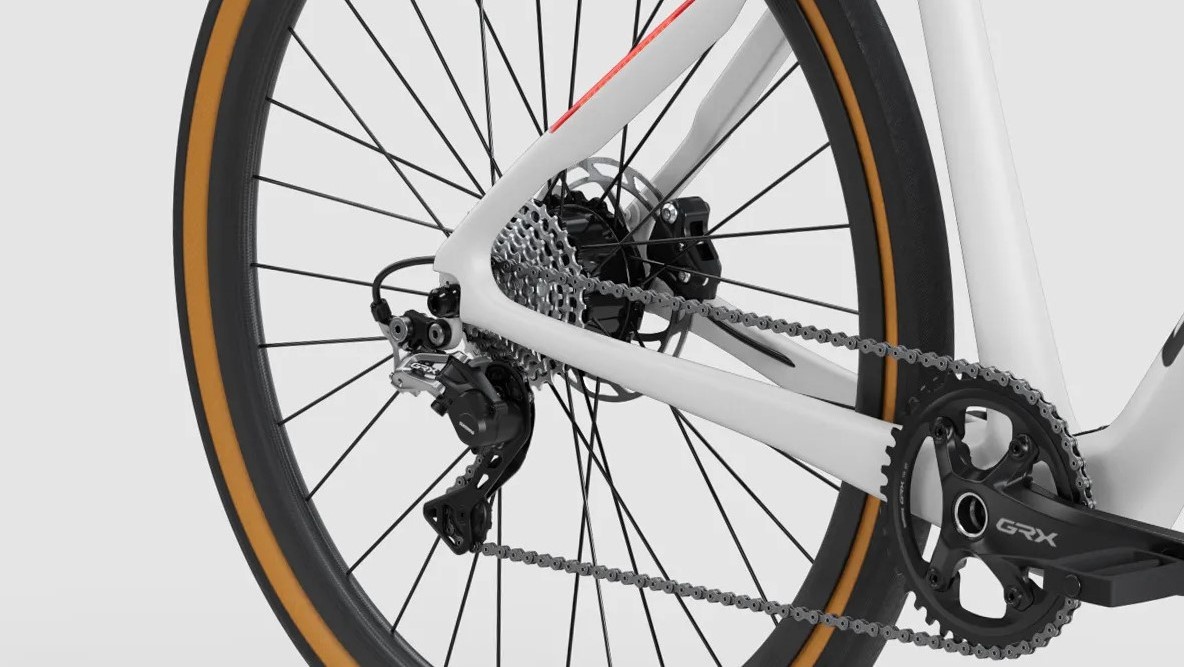
The best e-bike motors will balance the scales between power and weight, to offer maximum pedal assistance without weighing the bike down and holding it back. Of course, e-bike motors come as part of the bike itself and aren't yet a component that you can swap out and upgrade, so it's important to know what you're getting into when choosing from the best electric bikes.
The e-bike has well and truly established itself as a valuable part of cycling’s future. Where once the market was dominated by electric bikes for commuting, it is now rich with the best electric road bikes and the best electric gravel bikes as well.
For all the benefits of e-bikes, they can also create confusion and ownership anxiety, triggered by the steep technology curve powering these bikes along. As with all things electric, the logic is that a delayed purchase is best, allowing you to benefit from capturing the latest technology.
But if you have no idea where to even start, then we're here to help dispel some of the confusion surrounding the best e-bike motors, and what they're capable of.
- Electric bikes: everything you need to know
- How the e-bike saved the cycling industry
- How do electric bikes work?
Best e-bike motors for commuting
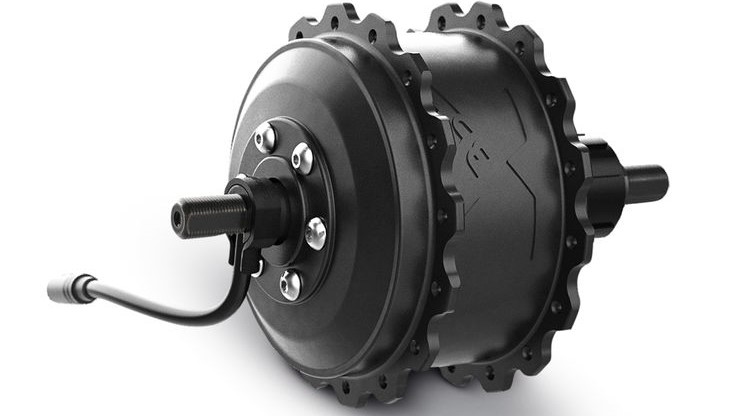
Mahle X35+
Specifications
Reasons to buy
Reasons to avoid
Merida. Wilier. Orbea. All three are immediately recognisable cycling frame brands and they share a common specification thread: the use of Mahle e-bike technology.
The German company offers a thoroughly engineered rear hub motor, having acquired Spain’s Ebikemotion a few years ago. Available and refined since 2017, the latest upgrade of this rear hub motor launched in late 2020.
This new X35+ version of Mahle’s e-bike technology delivers 40Nm of torque output. How good is it? The strikingly designed new LeMond Prolog uses it. It also features on Colnago’s E64.
Get The Leadout Newsletter
The latest race content, interviews, features, reviews and expert buying guides, direct to your inbox!
The X35+ features ANT+ integration and Bluetooth to connect to Mahle's app. From here you can record trips, analyse a multitude of real-time data, view maintenance requirements, and make use of the antitheft protection.
A disadvantage is that instead of sophisticated cadence sensors, the Mahle system requires a torque conversion sensor between the rear hub’s rotational speed and cassette motion, to calculate and initiate assistance. It also adds mass to the rear of the bike, instead of the bottom bracket, which is perfectly balanced between the axles.
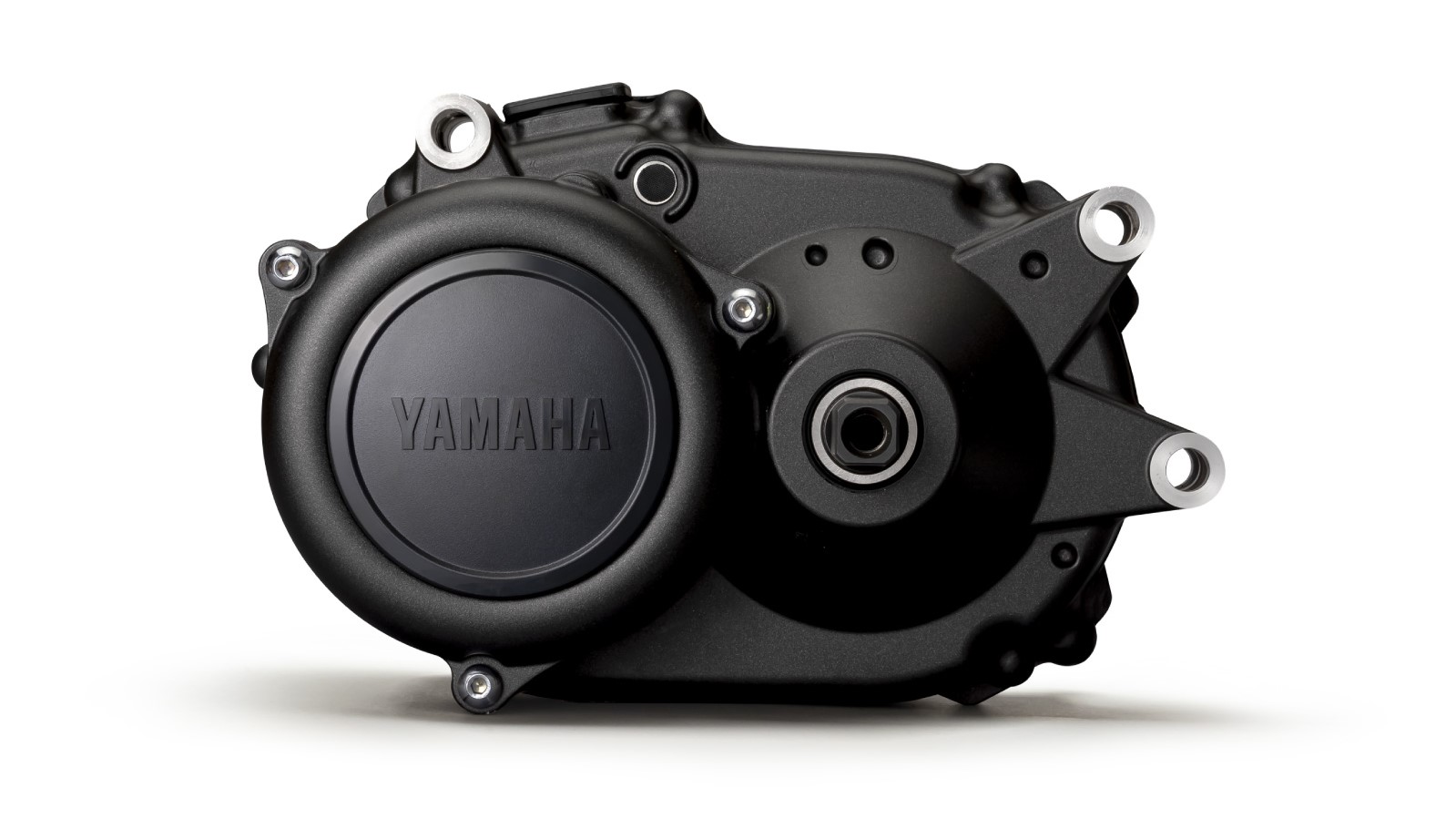
Yamaha PW CE
Specifications
Reasons to buy
Reasons to avoid
The Japanese motorcycle brand has been experimenting with bicycle pedal-assist systems since 1993. Yamaha markets a variety of e-bike motors for all applications, as part of its PW product line. The latest of those is the CE derivative, specifically engineered for commuter cycling.
With more riders commuting, the demand has grown for quieter mid-drive motors. Yamaha’s engineers applied themselves to improving some of the CE’s sound insulation features, lowering its acoustic signature.
The result is a compact mid-drive motor that delivers 50Nm of torque output, which is entirely adequate for any inner-city gradient you might have to ride up.
Yamaha also claims that its CE is the quietest running mid-drive motor it has ever produced, and that means you can use all the pedal-assistance power available, without ever feeling guilty about producing too much electromechanical noise.
In terms of ride feel, the PW CE delivers a natural-feeling ride. The motor also comes with Walk Assist, which is particularly useful if you need to walk the bike anywhere; it offers a small amount of assistance so it doesn't feel like you're pushing a tank. An additional feature is the Automatic Support Mode, designed to respond to changing conditions and automatically choosing the most appropriate mode for your ride.
- Best electric bikes under £1000 / $1000
- Best lightweight electric bikes: Not all e-bikes are heavy
Best mid-drive motors for performance road bikes
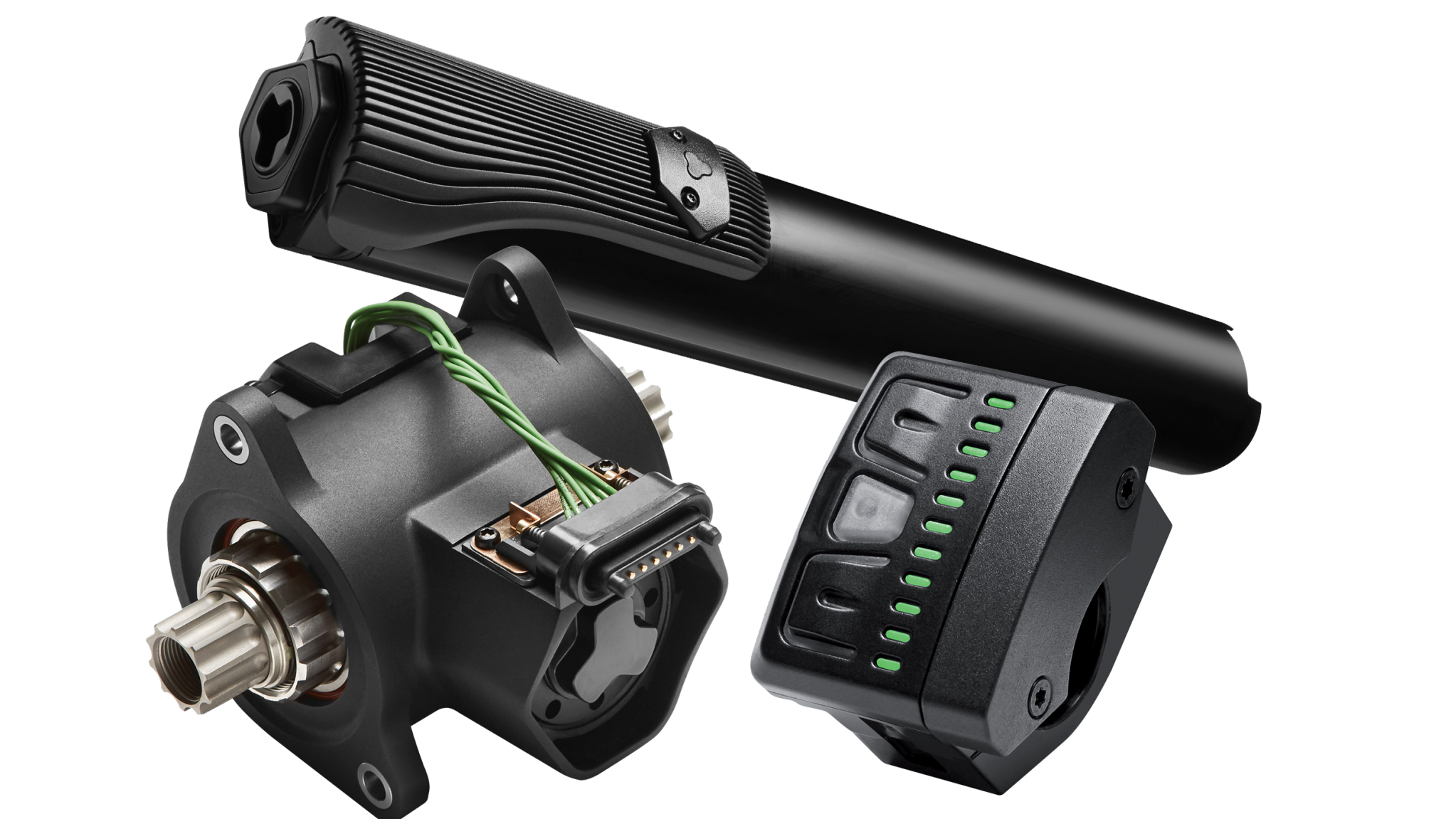
Fazua Evation
Specifications
Reasons to buy
Reasons to avoid
Another advanced German mid-drive motor company with a very unique approach. Fazua has been engineering mid-drive motors since 2013 and it understands the issues around frame integration.
The Evation drive system features a bottom-bracket-mounted gearbox, which benefits from data sensors on both sides. This allows for a very balanced delivery of power assistance and seamless disengagement when pedalling beyond the motor's speed limit.
Motor and drive electronics are mounted in a single housing, with the battery. The big advantage of Evation’s system is that you can remove most of it, reducing weight and rendering your e-bike close to the configuration of a conventional bike.
Peak power is an average 55Nm, which isn't a lot, but it is marketed at riders with adequate fitness who want to ride further, in less time, instead of those cyclists who require a lot of pedal-assistance all of the time.
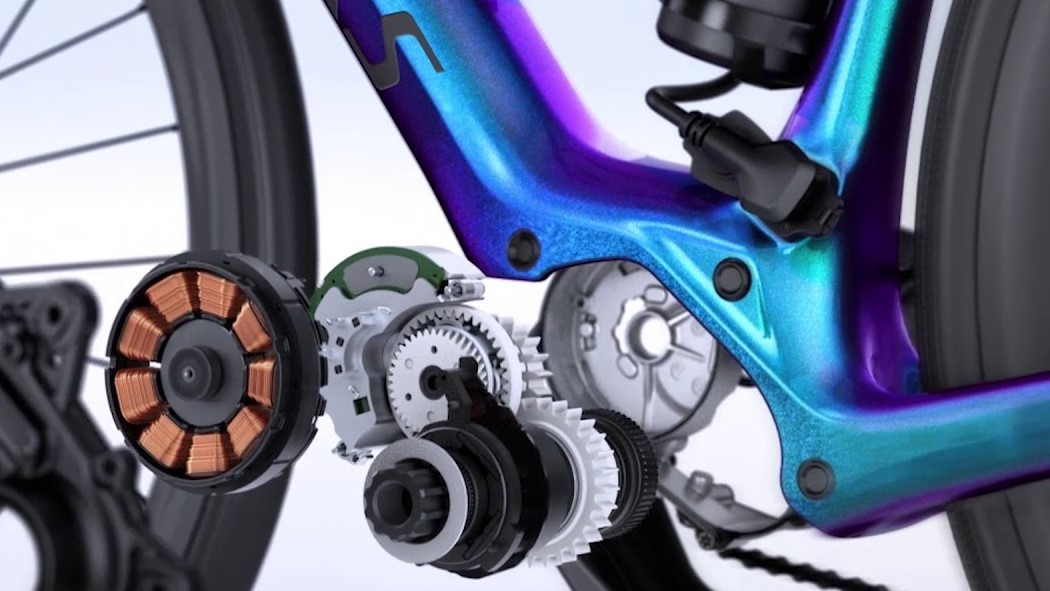
Specialized SL 1.1
Specifications
Reasons to buy
Reasons to avoid
Specialized has invested heavily in a vertical integration of its e-bike sourcing and supply chain. With a dedicated e-bike engineering resource in Switzerland, the strategy is clearly to control its own destiny and pace of development with e-bikes.
With the SL 1.1 motor, Specialized has shown how light a high-performance road e-bike can be. The company’s Turbo Creo SL is powered by a 240w motor and targeted at those road riders who have the fitness, but not the flexibility of schedule for those five-hour training rides.
Specialized’s idea with the smaller SL 1.1 motor is to allow riders to ride a great distance, with ample gradient, in much less time. If you need the mindfulness of a big ride, but find yourself constrained by social commitments, the SL 1.1 motor is a great enabler.
Its 35Nm power output might not be enough for unfit riders who wish to power up the steepest road climbs and retain range, but for fit riders, it is ideal. The low motor mass also makes Specialized’s SL1.1. powered e-bikes feel a lot more like a traditional road bike to ride, with regards to handling agility.
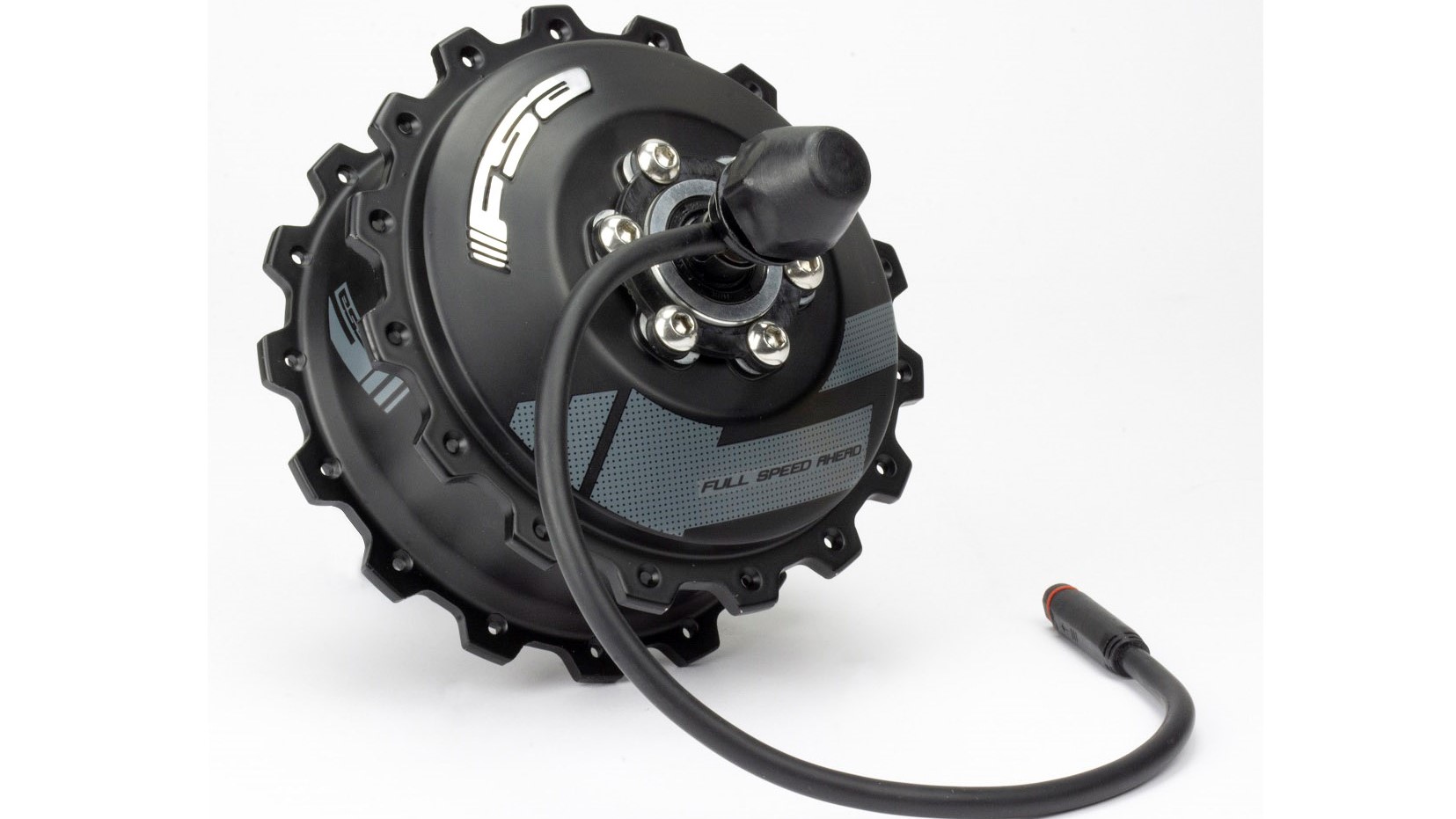
FSA System HM 1.0
Specifications
Reasons to buy
Reasons to avoid
FSA is renowned for its lightweight composite components but the company has invested meaningfully in e-bike motors, too.
The FSA System HM 1.0 is an integrated approach. Keen to control the convergence of batteries, drive motor efficiency and pedal-assistance sensitivity, FSA has developed its own 250Wh lithium-ion energy source and control units.
Targeted at e-bikes for the road, gravel and commuter applications, packaging was a crucial parameter within FSA’s engineering goals. Opting for the hub-drive motor option, FSA’s complete e-bike system weighs 3.98kg.
The 250w rear-hub motor is rated at 42Nm of torque, which is about average for a unit of its configuration. Where FSA deserves credit, is equipping the motor with a diversity of output sensors: including one for torque and two for speed.
Accurate torque and speed data enables an e-bike’s control algorithm to deliver a ‘natural’ feel, when matching your cadence with some additional watts. FSA’s rear-hub motor is capable of doing exactly that.
Best motors for hauling heavy loads
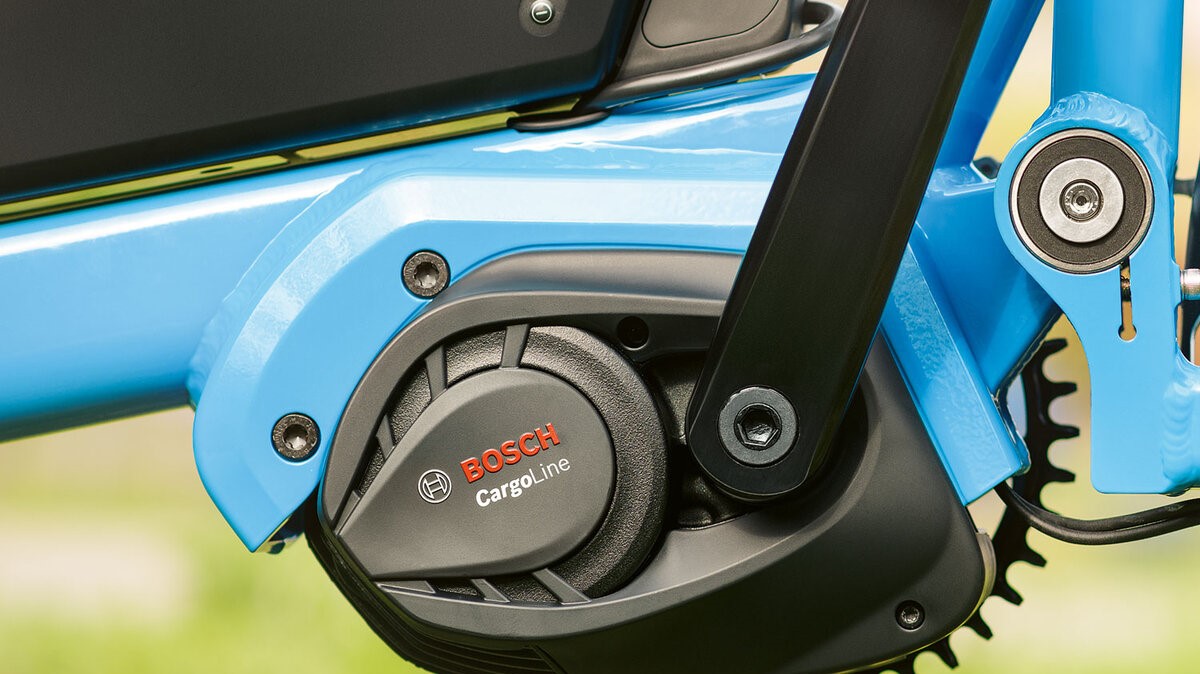
Bosch Cargo Line
Specifications
Reasons to buy
Reasons to avoid
A powerful mid-drive motor designed to haul loads. The Cargo Line is one of the newer Bosch mid-drive motors and has some tidy upgrades.
Rider research showed that Bosch’s engineers had to improve the low-speed cadence matching of their Cargo Line motors. Bosch released a new software update for 2021 to address this, giving more support at low cadences making it easier to set off or ride slowly when carrying heavy loads.
Peak power is an impressive 85Nm, up from 75Nm, and it operates to a maximum cadence of 120rpm, making the Bosch Cargo Line ideal for hauling goods (or kids) up a steep incline. As a heavily laden touring bike motor, it also makes a great deal of sense.
High cadence and torque outputs can increase the risk of overheating a mid-drive motor. Bosch engineers have meticulously engineered the Cargo Line’s casing, paying special attention to surface area and shape. This helps it to optimise ambient cooling, even at low speeds.
The Bosch Cargo Line also plays nice with both internally geared hubs and traditional derailleur drivetrains.
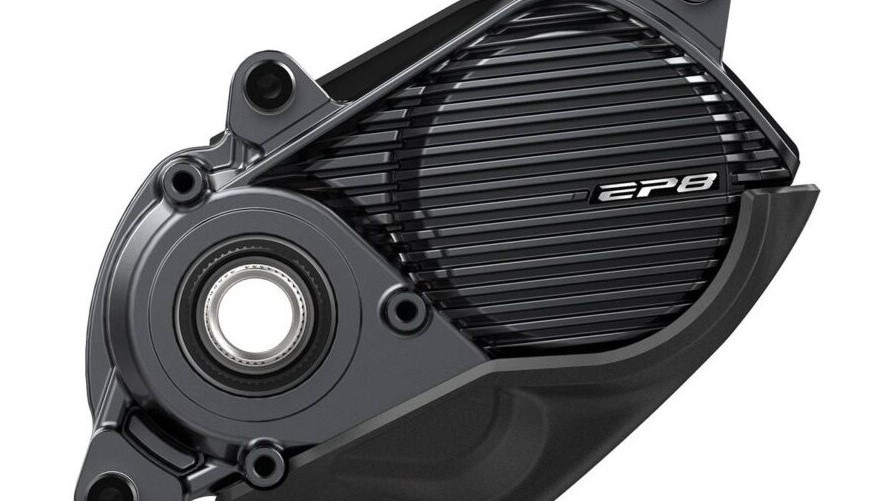
Shimano EP8
Specifications
Reasons to buy
Reasons to avoid
The Japanese cycling component giant was never going to be uninvolved with e-bikes. Although Shimano is notorious for its conservative product development, the new EP8 mid-drive motor has been worth waiting for.
Engineers have managed to do what all riders desire from their mid-drive motors, be lighter and more powerful. Shimano managed to trim 300g of weight from the EP8000 system, whilst making it 10 per cent smaller, too.
It might weigh less and be more compact, enabling better frame integration, but the Shimano EP8 is 10Nm more potent than its EP8000 predecessor, delivering 85Nm of output.
Mountain bike designers have readily adopted the new EP8 system, but Shimano says that its compact size and linear power delivery, calibrated to run seamlessly at high cadence, is perfectly adaptable to commuter and touring bikes, too.
Shimano’s established dominance as a component supplier makes the EP8 a potential new standard going forward. It might be a touch too powerful for some road and gravel riding applications, but its size and shape could become a reference standard.
It will be interesting to see how road and cargo frame designers approach Shimano's EP8 over the next few years.
Power, range or lightness?
With a mid-drive motor, you are stuck with what you have. We’ve analysed most of the leading electric power units available in most contemporary road, gravel and commuter e-bikes. Each has its benefits and pitfalls.
When taking a broad view of the e-bike technology market, it's interesting to note that mountain bikers still have the option on the most potent motor, TQP’s HPR 120S. This 120Nm motor is not available in a road, gravel or commuter bike frameset.
It might be considered too powerful for road use, but that logic discounts the abundance of traction that road and commuter bikes have, on a high-friction surface, compared to mountain bikes, riding up loose climbs.
For commuter and touring e-bike riders, often lugging a load or perhaps travelling with a trailer, the TQP’s HPR 120S could be ideal. Perhaps an innovative boutique frame brand will be daring and integrate it into a road-going e-bike application soon.
A single mid-drive motor standard would change everything
Mid-drive motors are removable, as they have to be, for serviceability. This begs the question: could I upgrade from one brand to another, if a specific new mid-drive motor piques my interest, with unique features and technology?
As with most things in cycling, the issue is differing standards. The newer second-generation e-bike motors are smaller, which would require custom adaptor plates to fit them to an older frame. This makes upgrading your mid-drive motor, even within the same brand, rather difficult.
Frames are also specifically designed with the cooling properties and packaging of a specific source mid-drive motor. It would be challenging to swap between Bosch and Yamaha, for instance, due to different proportions.
Although the mid-drive motors might look broadly the same, and have a similar Q-factor spacing, any experienced cyclist knows that incompatible standards with bicycle components are often a question of millimetres.
Lance Branquinho is a Namibian born media professional, with 15-years of experience in technology and engineering journalism covering anything with wheels. Being from Namibia, he knows a good gravel road when he sees one, and he has raced some of Africa’s best-known mountain bike stage races, such as Wines2Wales and Berg&Bush.